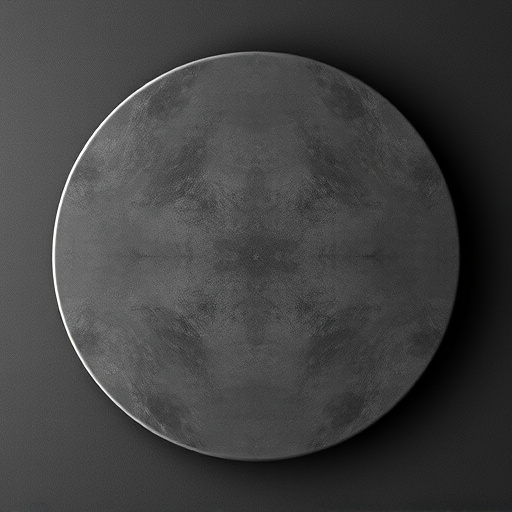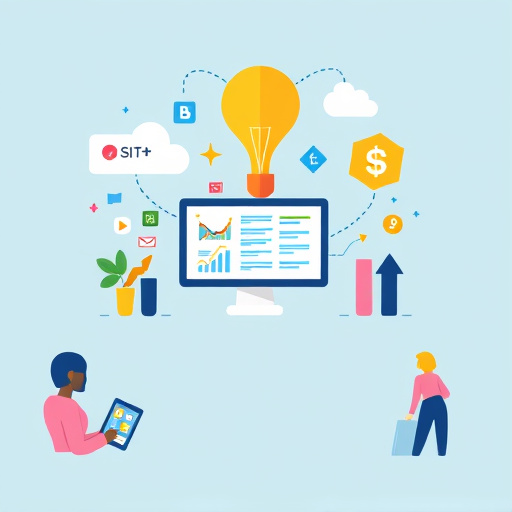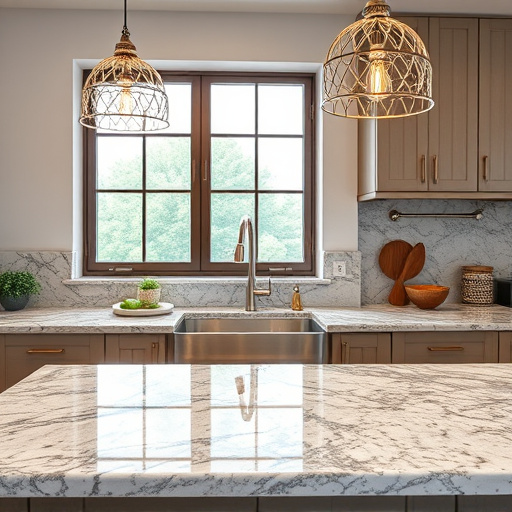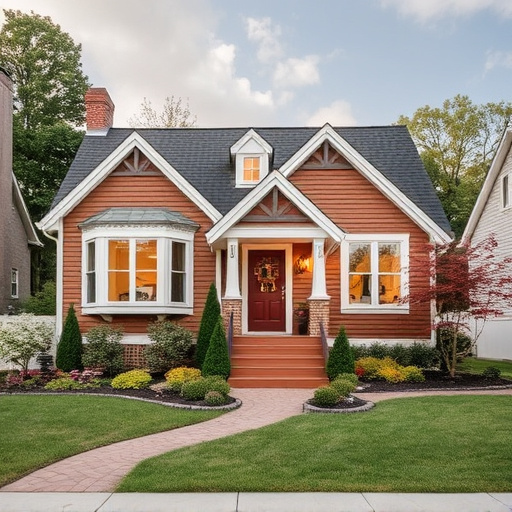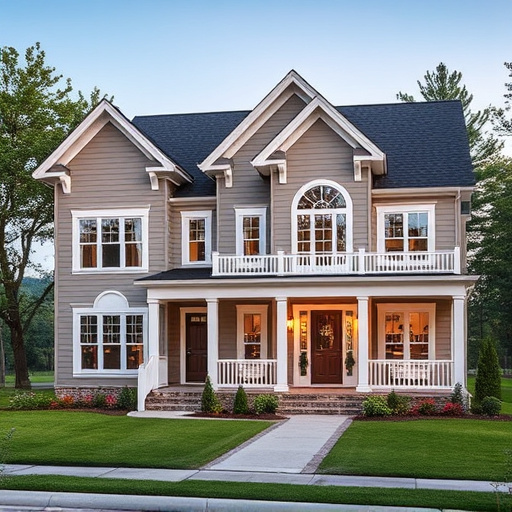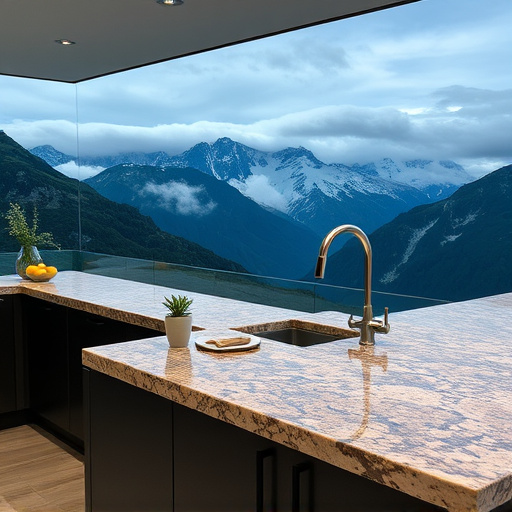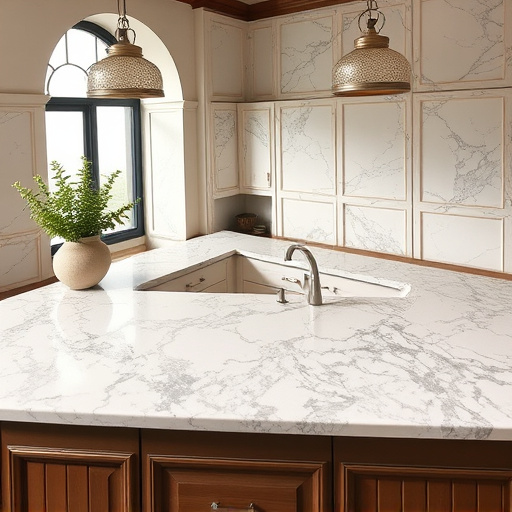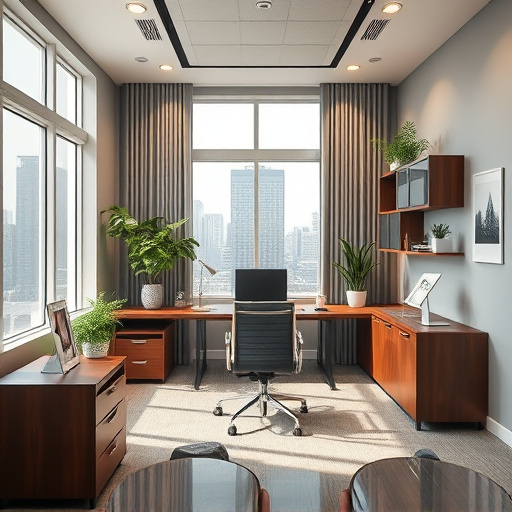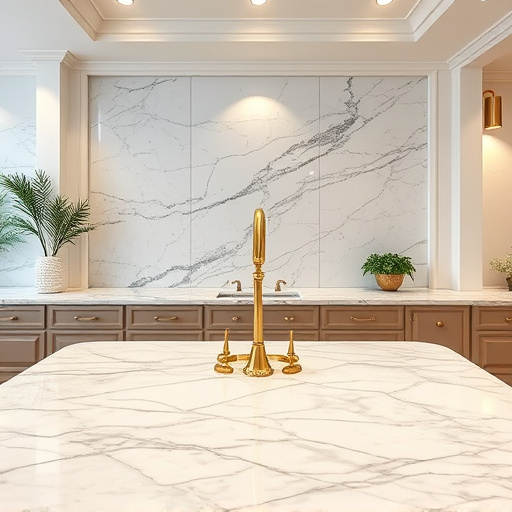Modern office interiors balance flexibility and functionality for hybrid and remote teams through adjustable furniture, diverse workspace configurations, dedicated meeting zones, and open collaboration spaces. This design fosters productivity and community, catering to individual focus and group activities while incorporating aesthetics and ergonomic features for enhanced well-being.
In today’s evolving work landscape, offices must adapt to accommodate hybrid and remote teams. This article explores how to balance flexibility and functionality in office interiors, create collaborative spaces for hybrid teams, and design remote-friendly environments that foster comfort and productivity. Discover strategies to optimize your office layout, cater to diverse working styles, and enhance overall employee satisfaction.
- Balancing Flexibility and Functionality in Office Interiors
- Creating Collaborative Spaces for Hybrid Teams
- Designing Remote-Friendly Environments: Comfort Meets Productivity
Balancing Flexibility and Functionality in Office Interiors
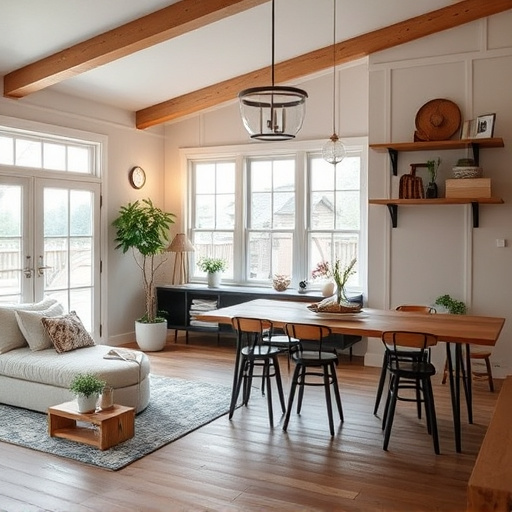
In designing office interiors that cater to hybrid and remote teams, achieving a balance between flexibility and functionality is paramount. With many employees now split between working from home and the office, versatile spaces are essential. This means creating areas that can adapt to various work styles and preferences—from quiet individual focus to collaborative team meetings. The ideal layout should accommodate both private needs and social interactions, ensuring every employee feels supported in their remote or on-site work experience.
A successful approach involves incorporating adjustable furniture, such as height-adjustable desks and moveable partitions, allowing for dynamic workspace configurations. Additionally, integrating multiple room remodel ideas, like dedicated meeting zones, quiet retreat spaces, and open collaborative areas, can cater to diverse team dynamics. These flexible elements not only enhance productivity but also foster a sense of community within the office, bridging the gap between remote and in-house colleagues.
Creating Collaborative Spaces for Hybrid Teams
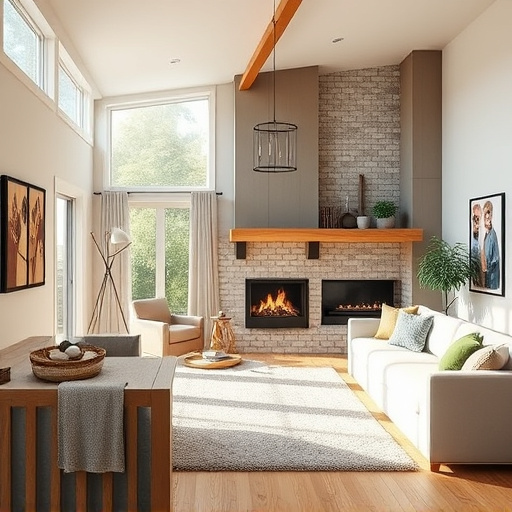
In today’s hybrid work landscape, office interiors need to serve multiple purposes, catering to both remote and in-house teams. One key aspect is designing collaborative spaces that facilitate interaction and productivity for these diverse groups. This involves creating flexible environments where employees can easily transition between focused individual work and dynamic group activities. Customized work areas, such as adjustable desks and modular seating, enable team members to personalize their workspace according to their tasks, promoting comfort and concentration.
Additionally, incorporating shared amenities like collaborative tables, break rooms with comfortable seating, and dedicated spaces for virtual meetings helps foster a sense of community. These features not only enhance collaboration but also contribute to the overall well-being and engagement of hybrid teams. Home improvement services can play a crucial role in transforming traditional office interiors into these dynamic environments, focusing on both aesthetics and functionality, including kitchen and bath renovations that double as productive meeting areas or relaxed team hubs.
Designing Remote-Friendly Environments: Comfort Meets Productivity

When designing office interiors that cater to hybrid and remote teams, creating comfortable spaces is paramount. These environments need to balance aesthetics with functionality, ensuring employees can work productively whether they’re in the office or working from home. Incorporating ergonomic furniture, ample natural lighting, and sound-absorbing materials significantly enhances overall comfort. Additionally, considering adaptable layouts that support both collaborative meetings and focused individual work creates a versatile space that caters to diverse workflows.
Beyond physical comforts, integrating technology seamlessly is crucial. High-speed internet connectivity, reliable video conferencing setups, and access to shared digital resources ensure remote workers feel just as connected as their in-office counterparts. Moreover, floor replacements or home renovation ideas that include dedicated work areas can transform any space into a productive environment, mirroring the comfort and efficiency of traditional offices while accommodating the needs of modern, hybrid teams.
Office interiors that cater to hybrid and remote work arrangements are not just trends, but essential adaptations for modern workplaces. By balancing flexibility and functionality, creating collaborative spaces for hybrid teams, and designing remote-friendly environments that prioritize comfort and productivity, businesses can foster inclusive and efficient operations. These strategies ensure that office spaces meet the diverse needs of contemporary workers, contributing to enhanced job satisfaction and organizational success in the digital age.
